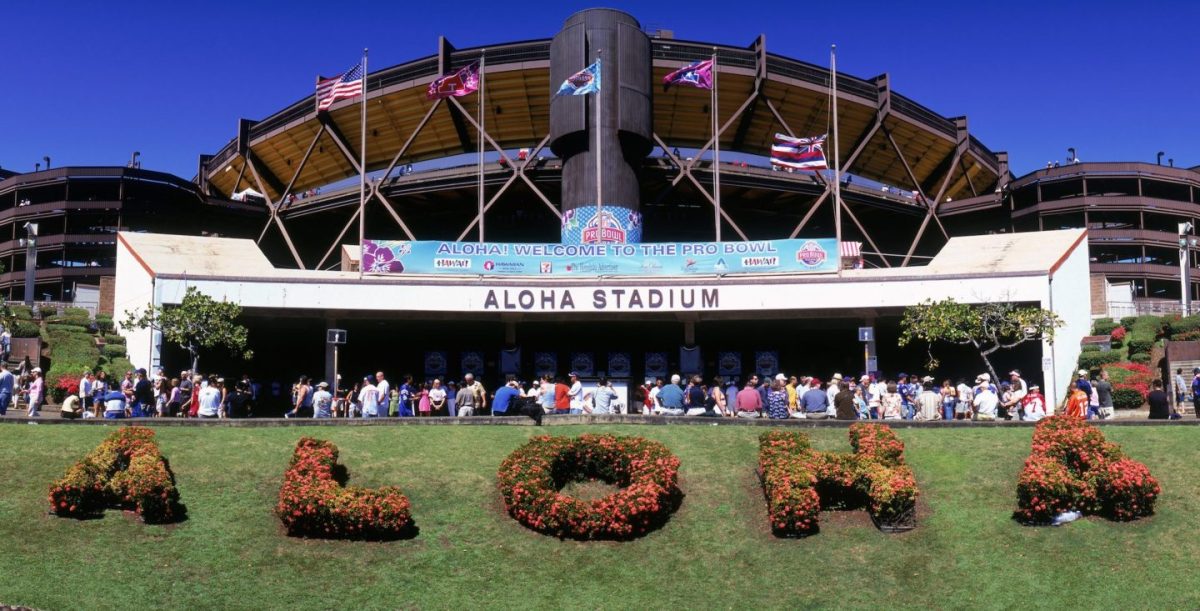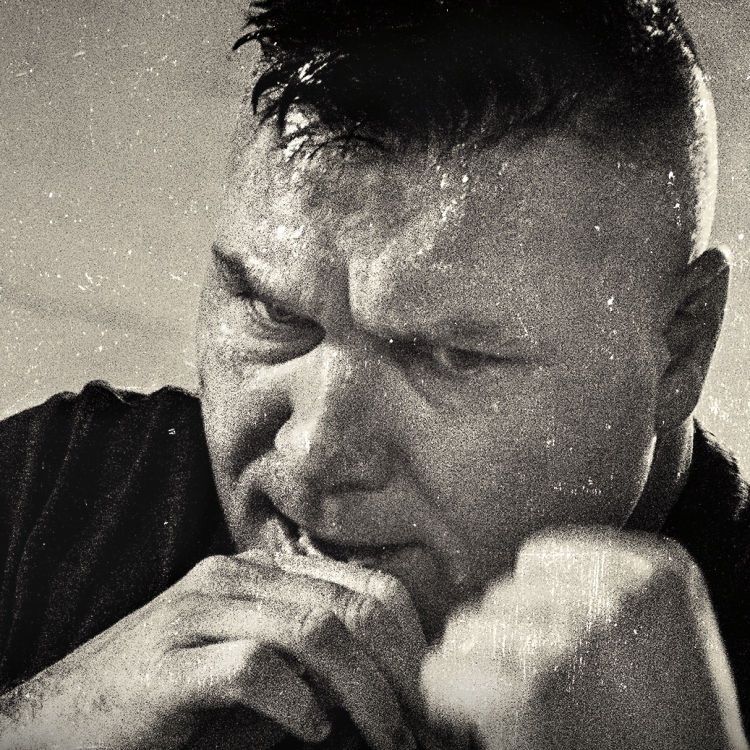NFL fans get used to the routine of watching football each Sunday. This makes the completion of the AFC and NFC Championships a little bittersweet: there are no games for two weeks until the Super Bowl.
Or, worse, there’s a Pro Bowl.
Yes, since 2010, what was once an off week now features the NFL’s answer to the All-Star Game. But the numbers don’t lie: this is still when America takes a break from football. In 2017, 46 million viewers watched the NFC Championship and 47.95 watched the AFC title game, while 111.3 million watched the Super Bowl.
Just 7.4 million people tuned in for the 2017 Pro Bowl.
What’s ominous for the NFL is how swiftly the Pro Bowl’s viewership has shrunk. In 2011, 13.4 million people watched. That audience has fallen the last six seasons, totaling a 44 percent plummet. (The NFL as a whole has only been in decline for two seasons: TV ratings dropped 8 percent in 2016 and another 9.7 percent this past season.)
This is how the NFL wound up with the modern Pro Bowl, which attempts to bring together football’s best yet somehow created the worst game possible.
1933: American All-Star Games Begin. While there had been one-off events, baseball was the trailblazer in establishing an ongoing All-Star event. America’s Pastime acted largely out of desperation: both attendance and salaries were plummeting. (This was in the midst of the Great Depression.) The first midseason All-Star Game was essentially an attempt to stop the bleeding. It did the trick. Since the American and National League kept their players separate unless they met in the World Series, there was genuine excitement over a chance to see Lou Gehrig take on screwballer “King Carl” Hubbell. And as he did so often, Babe Ruth rose to the occasion as theatrically as possible by clubbing the first home run in All-Star history.
Indeed, baseball embraced the All-Star Game so fully that from 1959-1962 they inexplicably held two of them each season. (This was determined by everyone to be too much of a good thing and abandoned.)
The NFL quickly got in on the act, albeit with a twist.
1934: Bring on the Kids. This year saw the creation of the College All-Star Football Classic. It pitted the defending NFL champs against a team assembled from top college players who presumably would go on to play in the NFL themselves. (Not all did: 1935 participant Gerald Ford left the gridiron and had to settle for the U.S. presidency.) While the Pro Bowl would come to be a postseason event associated with Hawaii and other warm weather climates, this was a preseason game in Chicago. It proved a massive draw, sometimes luring in over 100,000 attendees.
The NFL became increasingly dominant over the decades, winning the last 12 games. Which made sense. After all, the pros were grown men who were used to playing as a title-winning team, while the College All-Stars had just been thrown together. Yet miracles did happen, as Vince Lombardi’s Packers dropped a game to the youngsters 20-17 in 1963. (Green Bay got revenge by winning the games from 1965-67 by a combined 99-17.)
While the NFL team clearly had the edge, they also had a world of pressure. Lose a normal preseason game and no one cares: lose this one and you let down the rest of the league. Beyond this, NFL players tend to regard the preseason as a chance to get in shape for the games that matter. (Even the ruthless Hall of Fame Steeler defensive tackle “Mean” Joe Greene—who once kicked Hall of Fame Raider center Jim Otto directly in the groin—would remind opponents that the preseason was the time to protect each other’s knees.) The college kids, however, saw this as a chance to show pro teams what they could do.
Ultimately, it was decided the game no longer made sense. The last edition came in 1976. It was a memorable finale, though not in a way the NFL would have liked. Pittsburgh’s Steel Curtain had smothered the College All-Stars 24-0 in the third quarter. Could the All-Stars manage a comeback in the fourth? We’ll never know, because a thunderstorm struck and fans responded by rushing the field and ripping down a goal post, ending the game and the series. Really. (About four minutes in, the video below gets weird.)
But by this point, another NFL tradition had been established and stays with us to the day. It’s (somewhat) more palatable to players, less so to those expected to watch.
1951: Bring on the Bowl. There’d been earlier attempts, but this was the first time it stuck. The American Conference All-Stars beat the National Conference All-Stars 28-27, with future Hall of Fame QB Otto Graham the MVP. And yes, this does make the Pro Bowl a significantly older football tradition than the Super Bowl, which didn’t begin until 1967. (1951 was a big season for the NFL in general—it was the first time the NFL Championship was televised across the nation, thanks to the DuMont Network.)
Quickly, two things became clear:
Football’s Truly a Team Game. The NFL’s violence can overshadow the fact that—when played at its best—it’s a chance to see 11 players function as a single entity, adapting and adjusting to account for the 11 players on the other side. This isn’t a happy accident: it takes a lot of practice and sheer repetition to make the pieces fit together. Each Pro Bowl team features 44 players. They begin practicing on Wednesday January 24 for a game that happens on Sunday January 28, meaning they have days to achieve what normally requires months.
The result is play that is often less sublime than silly, as even the NFL appears to acknowledge.
No One Wants to Get Hurt During an Exhibition. While football doesn’t have a moment as notorious as Pete Rose colliding into Ray Fosse at the 1970 All-Star Game, there may be one more tragic. Robert Edwards lived the ultimate nightmare scenario for a player. Having rushed for 1,115 yards as a rookie for the Patriots, he blew out his knee at the 1999 Pro Bowl. Wait, it gets worse—this happened before the actual Pro Bowl. Edwards participated in a beach four-on-four flag football game and tore his ACL, MCL, and PCL. He didn’t return to the NFL until 2002 for what proved to be his final season.
Was what happened to Edwards a fluke? Absolutely. But fluke injuries happen in football—every time you step on the field there’s risk. (Even celebrating can be dangerous.)
Cincinnati’s Tyler Eifert experienced a less devastating setback during the 2016 Pro Bowl when his ankle required surgery. Even so, he has since said of the Pro Bowl: “I’d like to make it, but I’m not going to go if I got asked.” (Eifert has not been asked again—indeed, he has only started two regular season games since his injury.)
Richie Incognito may have best articulated the Pro Bowler approach: “You really can’t ask guys to come out here and fly around at full speed when we’ve been off for the last two or three weeks. And some guys are just coming down here after conference championship games.”
It goes without saying that, by holding the game before the Super Bowl, the NFL guaranteed no one from the NFC or AFC Champs will ever again play in it. (Unless Coach Belichick suddenly tells Tom Brady: “Super Bowl, Schmuper Bowl. Have a great Pro Bowl and, since you’re in Orlando anyway, make sure you pick me up a Harry Potter and the Escape from Gringotts T-shirt.”)
Today, there’s a new financial reality to face as well:
Playing in the Pro Bowl Doesn’t Make Monetary Sense. In 1980, the average NFL salary was still only $78,657. Now the average NFL salary is over $2 million. Matthew Stafford earned $27 million in 2017, making him one of 15 players to earn over $20 million for the season. (Not counting endorsements.) Do players like being picked as Pro Bowlers? Absolutely—for most of them a selection triggers a bonus, which depending on the contract can easily run into the six figures. But what do they get for actually traveling there and taking part?
Answer: $34,000. That jumps to $67,000 if their team wins. Stafford earns $1,687,500 per game. Does it make sense for him to take that pay cut to play in a game that doesn’t benefit the team actually paying his bills? (Happily, Detroit’s QB has thus far been sparing having to confront that question by virtue of missing the Pro Bowl entirely.)
The end result? In 2017, 35 players declined to take part in the Pro Bowl for a variety of reasons—it’s the NFL’s equivalent of jury duty.
How does the NFL make the Pro Bowl a game players want to play?
One suggestion—limit it to those who need the scratch. NFL practice squad players do one thing: practice. They aren’t eligible to play until they’re on a team’s official NFL roster. (Indeed, spending too much time on actual rosters makes you ineligible for the practice squad.)
These players are eager to please, desperate for game action, and with a minimum salary of $7,200 per week still in the tax bracket where 34 grand (plus a win bonus!) is reason for genuine excitement.
In 2019, let’s rebrand the “Pro Bowl” as the “Practice Squad Bowl.” People still won’t watch, but at least this NFL property can fade away affordably.
Whether you’re looking to get into shape, or just get out of a funk, The Charge has got you covered. Sign up for our new wellness newsletter today.
























